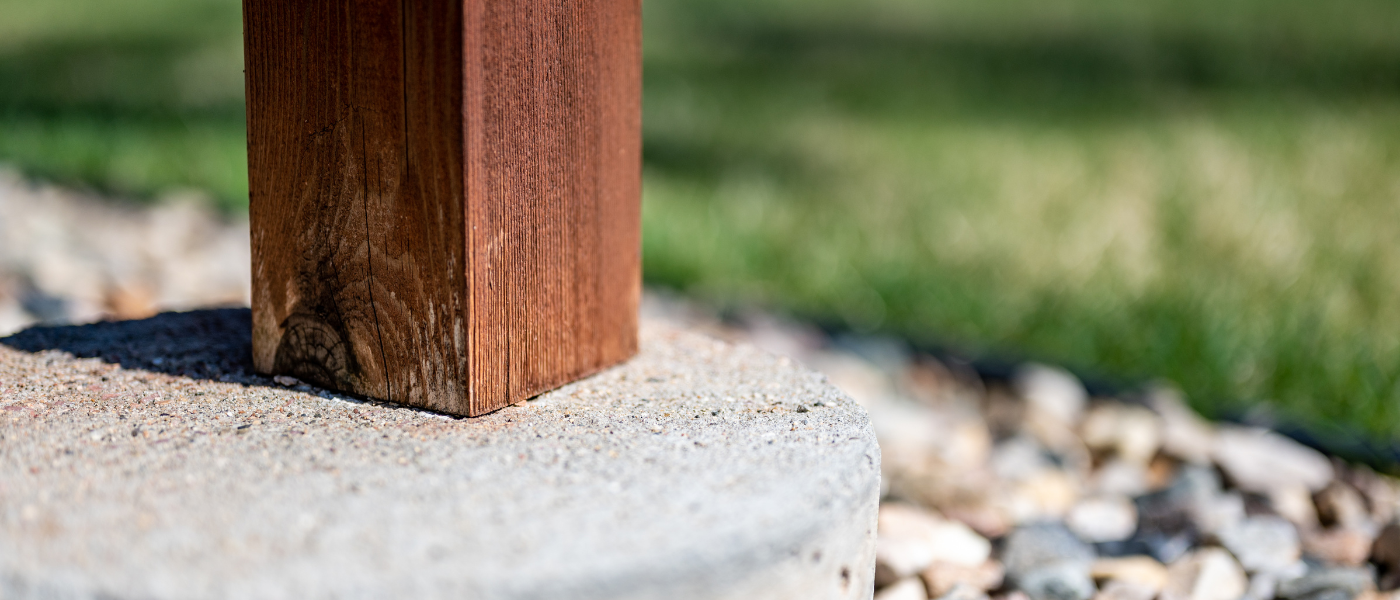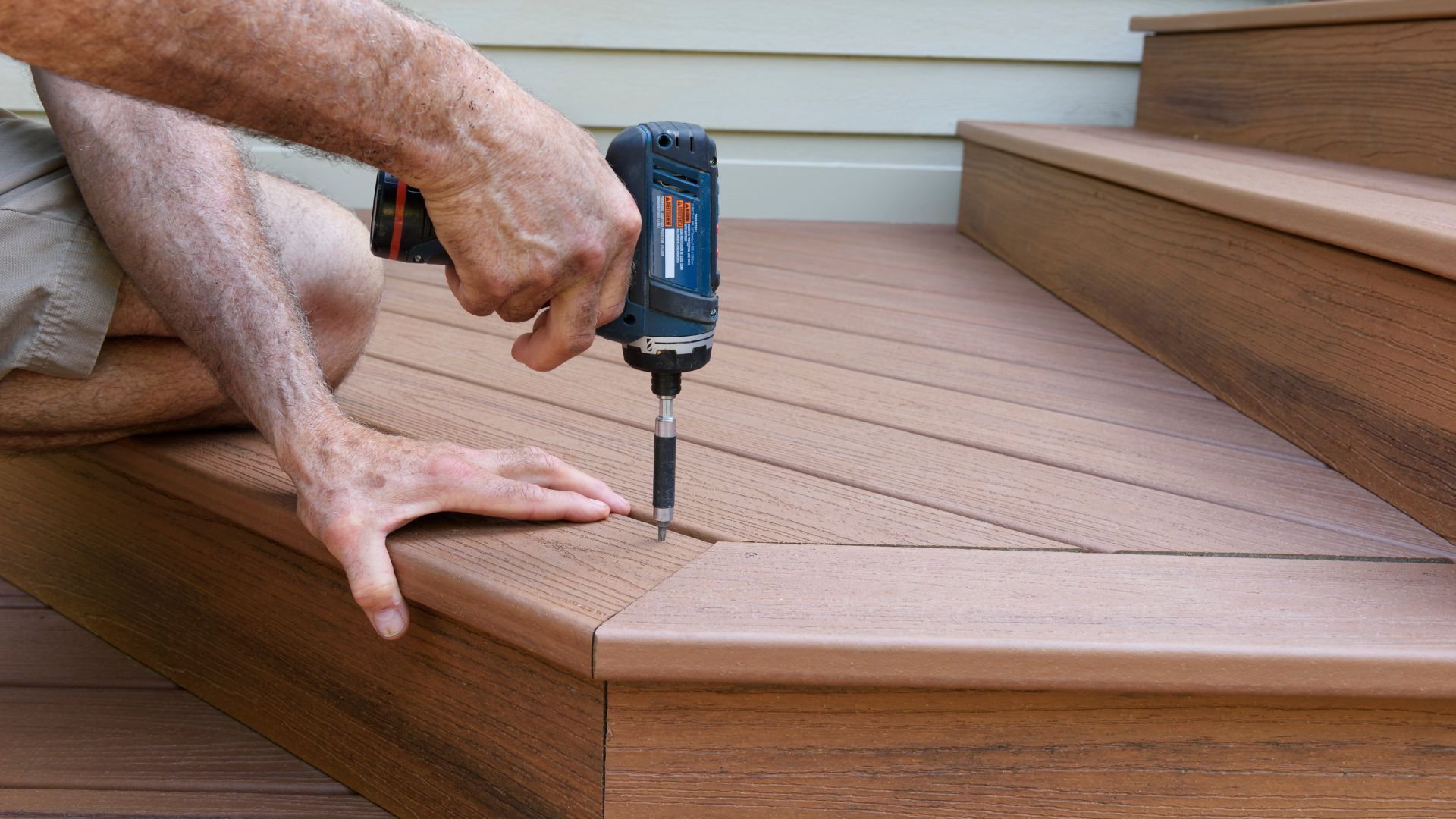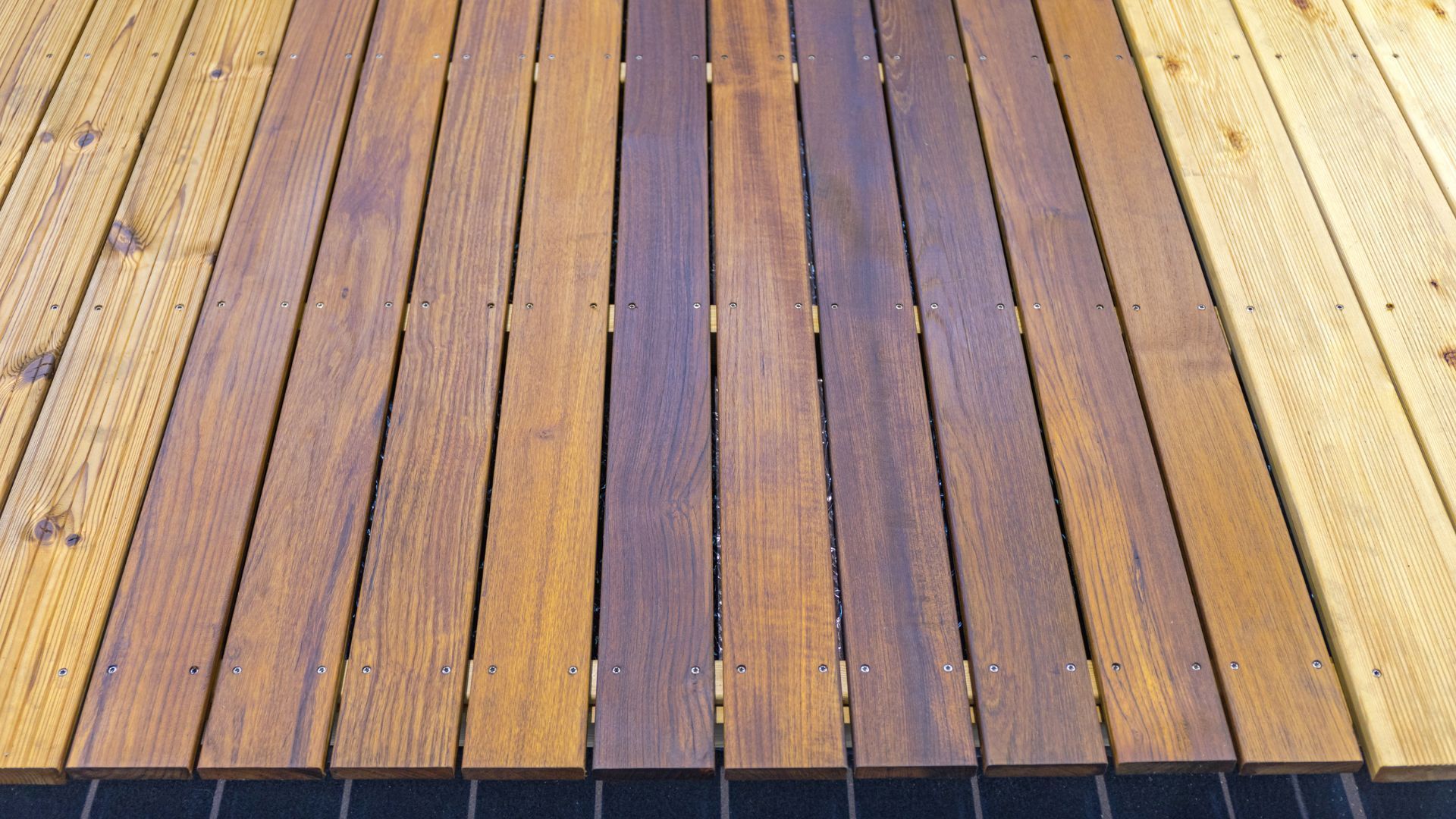Navigating the Challenge: A Comprehensive Guide to Installing Footings on a Sloped Yard
Are you looking to add a new deck to your backyard? Or perhaps you're in the midst of a renovation and have decided that it's finally time for that dreamy outdoor living space. As exciting as this project may be, there are certain challenges that come with building on a sloped yard. One major obstacle homeowners face is properly installing footings for their deck. Don't let the slope of your yard deter you from creating the perfect outdoor oasis – in this blog post, we'll discuss some tips and tricks on how to tackle this often overlooked aspect of deck construction. So sit back and relax as we guide you through what to do when installing footings on a sloped yard for your dream deck.

Select an Appropriate Building Site
When it comes to building a deck, selecting the right location is key to ensuring the longevity and safety of the structure. It is important to consider several factors before finalizing the site, but perhaps the most important of all is the overall slope and drainage of the area. Without proper grading and drainage, water can accumulate and cause damage to your deck, leading to costly repairs down the line. By carefully evaluating the terrain and selecting a site with proper drainage, you can ensure that your deck footings are secure and that your deck will last for years to come.
Prepare The Site
Before any construction can begin, it is essential to properly prepare the site. This includes clearing any vegetation and leveling the soil where the footings will sit. Using a rake or shovel, you can create an even foundation for the footings. It is important to take the time to compact the soil well to provide increased stability, which will prevent shifting and settling once the construction is complete. Properly preparing the site is a crucial step to ensuring the longevity and durability of any construction project. By taking these steps, you are setting a strong foundation that will support your building for years to come.
Build Retaining Walls if Needed
Constructing a deck on sloping land can offer an impressive outdoor space but also present challenges. Retaining walls are often necessary to overcome these obstacles and provide a secure foundation for your deck. Not only do these walls add visual interest to your landscape, but they also prevent soil erosion and create a flat surface for your deck. Proper planning of wall placement and design is crucial for ensuring the stability of your project. By examining the conditions of your land and taking precise measurements, you can create a retaining wall system that will provide the necessary support for your deck. With careful consideration and attention to detail, you can create a stunning outdoor area that is both functional and attractive.
Excavate Deck Footing Holes
Excavating the footing holes for deck support is a crucial step in ensuring the safety and stability of your structure. The first step is to know the required size and depth of the holes, which will vary depending on the size and weight of your deck. It is important to dig below the frost line to prevent heaving caused by freezing and thawing. If your deck is on a hill, you'll need to slope the back sides of the holes for proper drainage to prevent water from accumulating and weakening the soil. Taking the time to excavate your footing holes with care will pay off in the long run, ensuring that your deck remains securely in place for years to come.
Install Deck Footing Forms
When constructing a deck, proper support is crucial to ensure that it remains sturdy for years to come. One important aspect of deck support is the installation of footing forms for the support posts. To begin, wooden or sonotube forms should be erected in the holes where the support posts will go. These forms must be braced firmly in place to ensure proper support. Additionally, it’s important to take extra care to ensure that the top edges of the forms are level across. By following these steps, you can properly install footing forms and ensure that your deck stays secure and stable for all of your outdoor gatherings.
Pour Concrete
When it comes to building or renovating structures, one of the most essential steps is pouring concrete. The process involves mixing the material thoroughly and pouring it into forms, ensuring that air pockets are eliminated completely. To get the perfect end result, using a tamping tool will also come in handy. Once the concrete is set in the forms, it's essential to screed the surface to make it as smooth as possible. Additionally, it's worth noting that the concrete should be crowned slightly at the top to ensure that water runoff goes in the right direction. In summary, if you want to pour concrete, a combination of patience, skill, and attention to detail will help you achieve your goal.
Add Reinforcement if Necessary
Ensuring your deck is sturdy and safe is of the utmost importance, especially if you plan on hosting gatherings or spending a lot of time outside. If you notice any signs of weakness or instability, reinforcing your deck with additional support can provide peace of mind and prevent any accidents from occurring. One option is to embed rebar, bolts, or angle iron into larger footings before pouring, which can provide extra stability and support. While it may require a bit more effort upfront, taking the time to reinforce your deck can ultimately save you time and money in the long run by preventing potential damage or injury.
Inspect and Cure
Proper preparation before setting concrete footings for a deck is crucial to ensuring a strong foundation. Before pouring the concrete, it is important to inspect the area for levelness and make any necessary adjustments. Any inconsistencies in the surface can lead to uneven weight distribution and ultimately affect the overall stability of your structure. Once poured, it is essential to cover and cure the concrete properly for proper drying and hardening. This will guarantee that the footings are set and can handle the weight of your deck. Taking these measures will not only protect your investment, but also ensure the safety of those who use it.
Backfill around Footings
Lastly, this is where backfilling around deck footings comes in. Once you've set your footings and allowed them to cure, it's important to refill the holes with compacted soil up to the floor joist height. Not only does this create a solid anchor for your deck, it also helps prevent soil erosion and movement which can compromise the integrity of your foundation over time. By taking the time to backfill and compact around your deck footings, you're investing in the long-term durability and safety of your outdoor living space.
Conclusion
In conclusion, building a deck on a sloped site may seem like a daunting task, but with careful planning and execution, it can be a successful and enjoyable project. As we have discussed, the key considerations when selecting a building site for your deck are the overall slope and drainage. Once you have identified the ideal location, it is important to properly prepare the site by clearing vegetation and leveling the soil. If your site has a significant slope, you may also need to build retaining walls to ensure stability and prevent soil erosion. In addition, taking the time to excavate proper footing holes and installing forms for support posts will help ensure the structural integrity of your deck. Don't forget to add reinforcement if necessary and carefully inspect the levelness of your footings before backfilling and curing the concrete. And remember, if you still feel overwhelmed or unsure about tackling this project on your own, there is always the option to call in professional deck builders who have experience working with sloped sites. So don't let uneven terrain discourage you from enjoying an outdoor living space - take these steps into consideration and create a beautiful and functional deck for you and your family to enjoy all year round!




